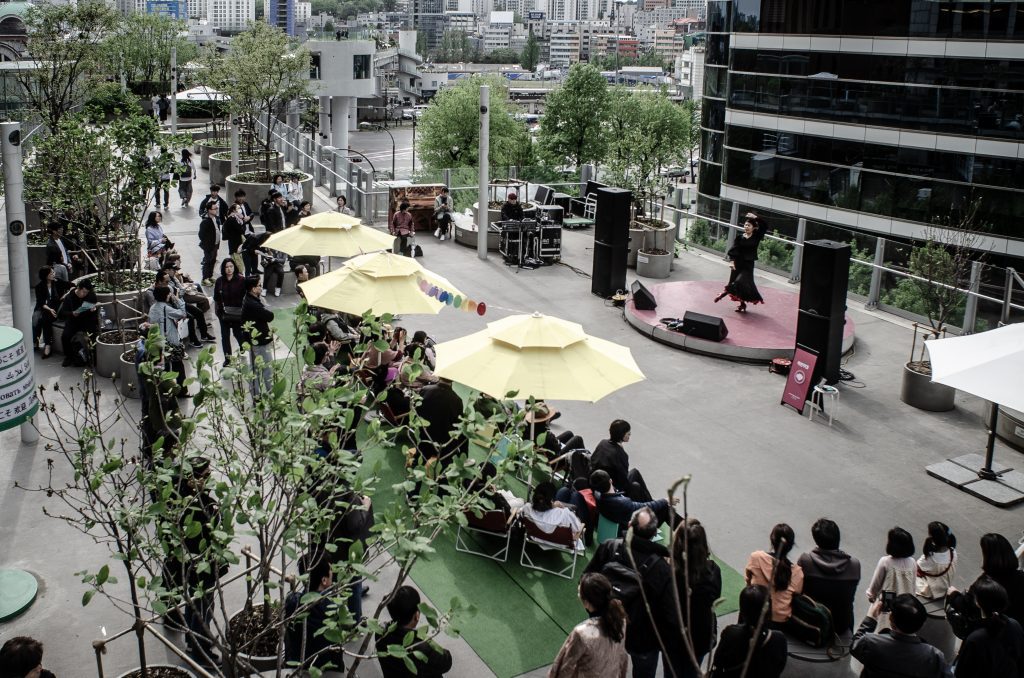Make sure you have created meaningful experiences for the different behavioural groups.

Now that you have mapped the existing behaviours in the place and its surroundings, it’s time to reinforce these identities in the territory.
We do this through what we call identity territories.
You design the territories in accordance with the cultural and subcultural behaviours identified in the research and match them with the possible desired future behaviours. In the case of a city, this is the preferential behaviour of visitors, entrepreneurs, etc. In the case of a planned community – residents, businesses, and service providers.
Now, territories are the opposite of ghettos, and this may be the most challenging aspect to comprehend. Note that a “vibrant” place, as we usually define it, starts, like the places themselves, from the meaning we assign it.
By giving a place a strong meaning, we attract people who identify with that meaning. Christopher Alexander, in the book A Language of Patterns, calls these “identifiable neighbourhoods.” In an identifiable neighbourhood, I recognise myself (identify myself) and, therefore, give it meaning. Chinatowns around the world are a common form of identifiable neighbourhood, where we know exactly where we are and what we expect to find.
The essence here is to understand the starting point of this identification. Otherwise, we run the risk of playing Walt Disney or creating caricatures of places without the slightest connection to the local reality.
Remember:
- Identity territories only make sense after establishing a deep understanding of the place, involving people, and preferably creating together with them.
- A city is not an amusement park. No amount of ornaments and frills can create a place if there is no coherent reasoning behind it all.
- Identity territories cannot be copied. Although there may be similarities, such as in territories of culture, this culture will not be the same. Therefore, as much as the name may be the same, the content is different.





